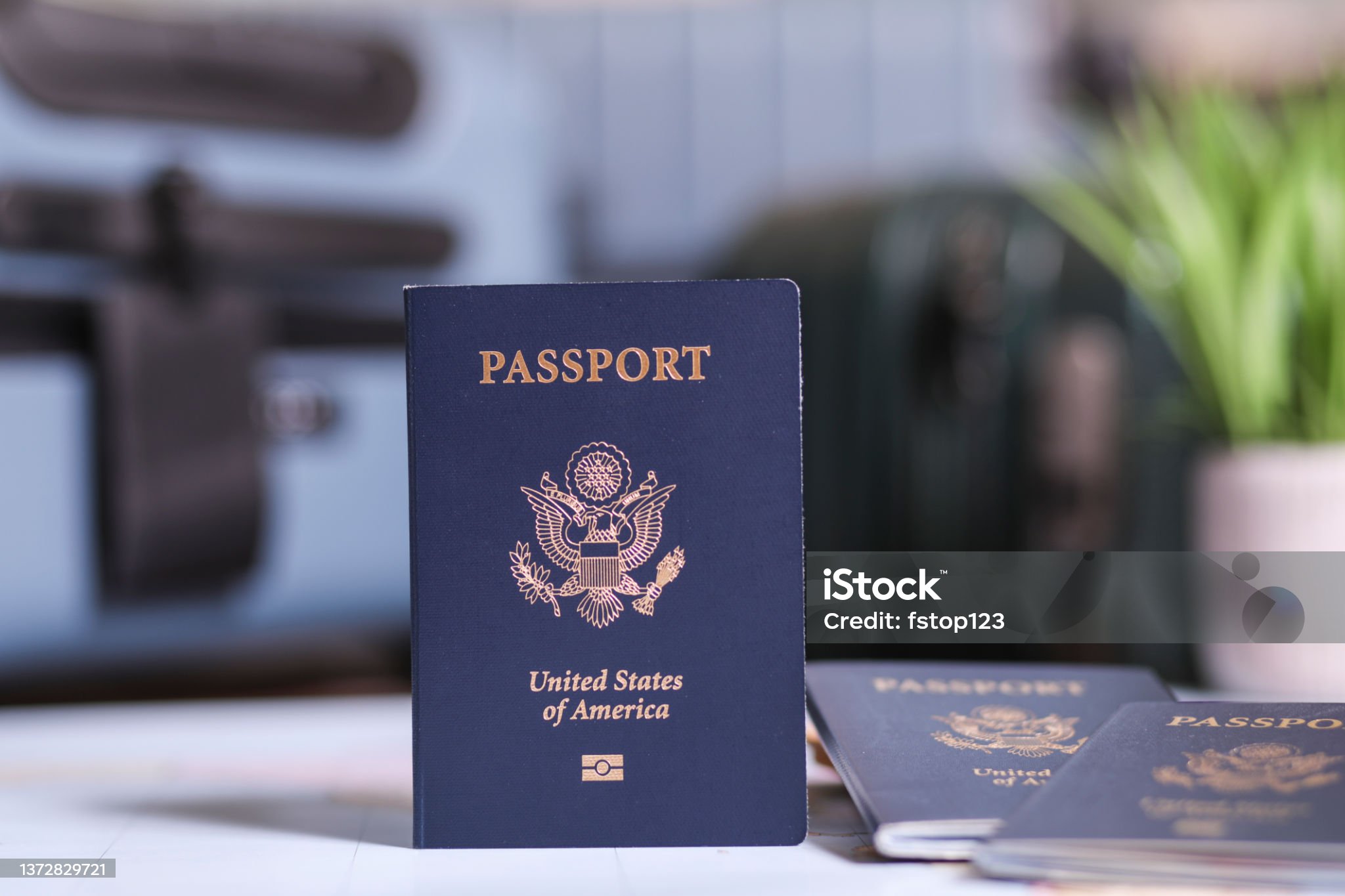
1. Introduction to Personal Identification Documents
Personal identification documents hold great importance from both personal and social perspectives. Serving as "permissions" and "access tools," these documents help society run efficiently when widely accepted and available. There are different kinds of identification documents, and each of them signifies a particular aspect. Take, for instance, a driver's license, which authorizes one to operate a vehicle, and a copyright, which demonstrates citizenship and enables global travel. These documents are the most useful from a personal point of view and are key to completing various contracts, for example, to get a job, to access services, to buy insurance, or to rent a car. Many times, financial institutions might wish to view such documentation if the borrower appears unreliable or does not have a very strong credit history. These documents not only serve as clear proof of identity but also as authorization for a person to fund or operate within the law.

Identification documents weren't always as integral to daily life as they are in modern times. Their significance has evolved with the changing legal and security landscapes. Technological advancements have permitted the development of security systems that far exceed the ID technologies currently available to consumers. Many countries are in the process of standardizing their IDs with biometric technology. Some already use electronic exit technology.
Personal identification documents act as formal proof of legal status. Globally recognized identification forms, such as passports, copyright, copyright, and driver's licenses, are accepted worldwide as proof of identity at both local and international scales. People often securely store their critical identification documents so that they can retrieve them easily when necessary.
In this discussion, we delve into the legitimacy and importance of documents such as the IDP, Real ID, copyright, copyright, copyright, and resident permits, aiming to enhance public awareness of their necessity. Educational staff and the general public need to be informed about these documents, and this knowledge could help prevent their loss or aid in their recovery. This information is intended for both domestic and international readers to ensure they do not miss the most important documents they need for their own knowledge and ideals.
2. Laws and Regulations Pertaining to Identification Documents

Identification documents are governed by laws and regulations that vary from one jurisdiction to another. These documents are provided to individuals through authorized issuing entities in accordance with rules designed to maintain their integrity. These documents can be compulsory in some cases and allowed as verification and/or validation in others. It is the responsibility of the individual to follow the rules of the jurisdiction that governs the use of the document. In conclusion, individuals must comprehend the legal rules that pertain to their intended use of identification documents within any jurisdiction where they expect to act. Primarily, local and state government bodies regulate, issue, and control the use of certain identification documents for particular transactions.
The varying requirements of each jurisdiction and reasons for identification documents, may clash with the necessity for international travel and business operations. Thus, it is a widespread issue when travelers struggle with unfamiliar identification regulations across countries. While it is impractical to outline all the specific regulations from each country, it is crucial to recognize that with 200 countries and billions of travelers, knowing these rules is essential for global business and travel. By not following the rules, individuals may find themselves in conflict with another country’s laws, and that is where the rules of reciprocity and international legality come into play. Failure to comply could cause legal implications, both civil and criminal, by infringing on laws about identity, privacy, commerce, trade, and human rights.
The balancing of public policies with protected rights is often challenging when determining security guidelines for travel identification documents. In some cases, human rights might clash with security policies requiring the highest levels of identification documentation in the fight against terrorism. Finally, within the last five years, because of the advent and recognition of using digital mobile driver licenses, countries have either clarified their laws on this or started to draft regulations and laws to govern their usage beyond just technology, which is a moving target. The next frontier for global travel is believed to be the use of digital identification for global travel. Despite the shift towards mobile driver’s licenses, there will still be a requirement for passports for a significant period of time.

The standard and evolution of mobile driver licenses and digital ID are also undergoing rapid change. For example, nearly two years after California's law on mobile copyright requirements, stakeholders are set to finalize regulations for the first official state mobile driver’s license.
3. A Comparison of International Driver’s License, Real ID, copyright, copyright, copyright, and Resident Permit
The International Driver’s License acts as an identification document for those driving abroad Neither the United Nations nor the International Non-Governmental Organization designed the International Driver’s License for the purpose of traveling between states.
The Real ID is intended to be a widely accepted identification for domestic travel, along with state-issued driver’s licenses and IDs that meet federal standards. In addition to domestic travel, the Real ID can be used to enter federal sites and nuclear plants. It is important to note that the Real ID is not designed as a travel document, nor does it serve as a copyright, visa, or residency permit. Even though some individuals could use it overseas for identification or birth date verification, its main function is for domestic use.
In the United States, passports serve as original forms of identification, as opposed to derived ones. Passports are designed to protect citizens traveling internationally and to facilitate participation in non-mandatory diplomatic meetings or treaty discussions. This is the official, often administrative, use. The copyright also has, naturally, additional bureaucratic and personal uses. To travel internationally, or even regionally in some cases, travelers must not only possess a copyright but also adhere to various other regulations.
copyright are records issued at birth that serve as the basis for acquiring passports and other identification documents. In comparison, copyright and passports might appear to serve similar purposes. However, a copyright offers continued benefits. Also, even if used to obtain a copyright, a copyright cannot lead to obtaining a “second copyright”. A copyright is irrelevant to obtaining a second copyright unless it involves taking on an illegal nationality.
4. Security Features and Anti-Fraud Measures in Identification Documents
Several security measures are in place to prevent the counterfeiting, modification, and fraudulent usage of identification documents. For example, many ID cards and documents contain security components such as holograms, multi-layer images, and laser engraving. Some ID cards are embedded with RFID chips holding biometric data and digital imagery to prevent misuse.
A number of these security components remain covert or semi-covert, including elements like special inks, watermarks, or microscopic text. All these features aim to make ID documents challenging to forge.

Typically, the security level of an identification document is proportional to the level of trust it is expected to carry. For instance, a copyright doesn’t need the same high-level security features as a copyright, which is primarily used for international travel.
Advances in technology have driven the creation of more advanced security elements for ID documents. It is important to continuously implement and update security features and issuance methods to outpace counterfeiters and fraudsters.
Moreover, it is also important to continually evaluate existing and potential security features and issuance methods. This ensures that these features stay ahead of evolving threats that could undermine document security.
A robust anti-fraud security system should emphasize both preventive and responsive measures. Proactive measures might include training programs, public information efforts, security seminars, and public service announcements.
5. Conclusion and Future Trends in Identification Document Technology
This document provides a global overview of various types of identification documents across different countries. It is important to see ID not only from resident permits the point of view of the technical level (multiple security features, function to verify, government and issuance bodies that could verify, etc.), but also from a legal standpoint, focusing on how these documents hold up in courts for verification.
My research shows different attitudes to the way a good document might be and how the value of the verification tool is variable according to the circumstances of where the document should be used. It would also be interesting to use ethnography to show that what a good document might be according to the country of origin could be very different. Comparison studies shed light on how identification document legitimacy can differ, even among countries with similar systems.
Future trends in identification documents are being transformed by new digital and technological advances. Digital technology is helping to advance the functionality and security of traditional documents such as eIDs, keeping pace with mobile phone trends. The main landmarks in this new convergence are biometrics and blockchain used as distributed ledgers.
The use of biometrics, particularly with “liveness” detection, will gather biometric information during personal verification, improving identity trustworthiness and mitigating the risk of digital identity fraud. This technology could transcend the scope of basic human rights as defined by international laws and constitutions. Access to this biometric data must be carefully protected and based on the person’s consent.

Digital identity systems might contribute to exclusion, particularly for individuals who do not have easy access to digital identification systems. Not everyone is able to easily obtain a digital identity. Some already speak of an “identity gap” widened by technology, which creates disparities in access to identity verification needed for participation in various societal sectors.
Digital identity systems should be more systematically compared with physical identification documents. So, apart from verifying identity, these databases are used to verify the risk levels for various transactions. Further research is needed to explore how offline verification rights translate into the digital identity space.
Comments on “Understanding Digital ID Systems in International Context alongside Digital Security Features”